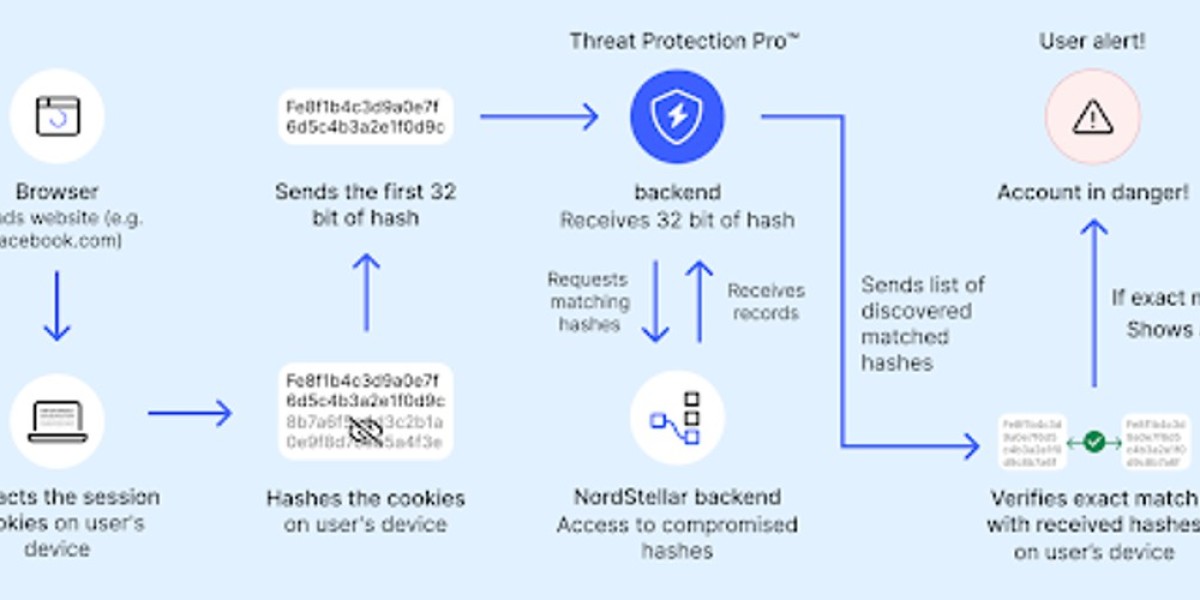As global demand for frictionless, secure identity verification grows, Japan is leading a quiet biometric revolution—through the palm of your hand. Palm vein authentication, a biometric technology developed and commercialized primarily by Japanese innovators, is now gaining widespread traction across sectors ranging from banking to healthcare, smart cities to education. It offers a seamless blend of convenience and security, while upholding privacy in a way that sets it apart from other biometric systems.
In a world increasingly vulnerable to cyber threats and identity fraud, Japan’s palm vein recognition technology is emerging as the gold standard for contactless, non-invasive, and highly secure biometric authentication.
✋ What Is Palm Vein Authentication?
Palm vein authentication is a biometric method that scans the unique vein pattern beneath a person's palm using near-infrared light. Unlike fingerprints or facial recognition, which rely on external features, palm vein scans capture sub-dermal vascular structures, making the technology:
Impossible to replicate or forge
Inherently contactless (no surface touch required)
Stable over time, as vein patterns don’t change significantly
Non-intrusive and hygienic
Pioneered by Fujitsu in the early 2000s, palm vein authentication has since been refined into lightweight, ultra-fast modules suitable for kiosks, mobile devices, ATMs, and even smart home appliances.
?? Why Japan Leads in Palm Vein Biometrics
Japan’s early adoption of privacy-conscious technology, coupled with a cultural inclination toward hygiene and precision, made it fertile ground for palm vein development. Japanese institutions were among the first to deploy palm vein systems for:
ATM banking (Sumitomo Mitsui and Mizuho Bank)
Employee time-tracking and access control
Patient identity verification in hospitals
University examination and dormitory access
Now, the technology is rapidly expanding into retail, transportation, and public infrastructure, driven by Japan’s push toward contactless interaction post-COVID and its leadership in smart city innovation.
? Advantages Over Other Biometric Systems
| Biometric | Touchless | Spoof-resistant | Privacy-Friendly | Accuracy |
|---|---|---|---|---|
| Palm Vein | ✅ | ✅ | ✅ | ✅ |
| Fingerprint | ❌ | ❌ | ❌ | High |
| Face Recognition | ✅ | ❌ | ❌ | Medium |
| Iris Scan | ✅ | ✅ | ❌ | Very High |
| Voice Recognition | ✅ | ❌ | ❌ | Medium |
Palm vein tech scores highest across all key metrics—making it ideal for environments requiring high assurance and low friction.
? Use Cases Across Industries
1. Banking and Finance
Japan’s major banks have widely adopted palm vein scanners in ATMs and bank branches. Customers can:
Withdraw money without cards or PINs
Authenticate digital banking transactions
Use palm ID as a form of multi-factor authentication (MFA)
Fujitsu reports zero successful spoofing attempts across hundreds of thousands of deployed palm readers in financial institutions.
2. Healthcare
Hospitals such as Tokyo Medical University Hospital use palm vein authentication to:
Prevent patient misidentification
Protect electronic health records (EHR)
Allow contactless access to secure zones (e.g., ICUs, pharmacies)
This ensures both patient safety and data privacy, critical in Japan’s aging, tech-forward healthcare system.
3. Retail and Smart Payment
Palm-based payment terminals are rolling out in convenience stores and shopping malls, enabling users to:
Register palm prints linked to digital wallets
Make instant payments without cards or phones
Earn loyalty rewards via biometric ID
Companies like AEON and SoftBank are piloting palm payment zones in Tokyo and Osaka, predicting a 30% reduction in checkout time.
4. Transportation & Smart Cities
In smart stations and airports:
Palm scanning allows ticketless boarding on bullet trains
Enables access to electric scooter rentals and ride-sharing
Supports secure entry to urban co-working or residential zones
Palm ID is becoming a universal credential in Japan’s emerging urban mobility systems.
5. Education and Workplace Security
Schools and offices are adopting palm readers for:
Identity-based login to computers and learning platforms
Secure access to labs, libraries, or high-security zones
Monitoring employee hours and preventing buddy-punching fraud
? Recent Developments and Trends
Fujitsu, Hitachi, and NEC are refining AI-enhanced palm vein recognition, boosting scan speed to under 0.3 seconds and enabling mobile integration.
Japan’s Ministry of Internal Affairs is funding nationwide biometric infrastructure standards, including palm ID compatibility.
New startups such as VeinID.tech and BioAuth.JP are emerging with cloud-native palm verification APIs for fintech and retail platforms.
Palm vein authentication is being paired with blockchain-based identity frameworks, creating decentralized ID systems for public services.
? Global Expansion and Export Potential
Japan’s palm vein technology is gaining global attention. Pilot programs have launched in:
Germany and France for secure healthcare login
Dubai airports for biometric travel
India’s digital banking projects
Southeast Asia’s smart campus initiatives
As privacy concerns mount globally over facial recognition and surveillance, palm vein technology offers a more ethical and trustworthy alternative.
⚖️ Privacy, Ethics, and Regulation
Unlike facial or voice recognition, palm vein data is not easily captured without consent, and it’s:
Stored in encrypted templates, not raw images
Often processed locally, reducing cloud exposure
Protected by Japan’s Act on the Protection of Personal Information (APPI) and international standards (ISO/IEC 19794-9)
Industry leaders advocate for:
Transparent opt-in frameworks
Data ownership by users
Open standards for interoperability and trust
? The Future of Palm Vein Tech
By 2030, expect to see:
Palm-enabled smartphones and laptops
Universal biometric ID cards linked to government and health services
Palm vein-based access to metaverse platforms and VR/AR spaces
Integration with AI agents for personalized service delivery
Hybrid multi-modal systems that combine palm, face, and voice biometrics for layered security
Palm vein authentication could become the core of “digital identity in the real world”—securing everything from personal finances to digital citizenship.
✅ Conclusion
As the world searches for secure, private, and user-friendly ways to verify identity, Japan’s palm vein authentication is proving to be a game-changer. It blends biometric precision with cultural values of privacy, hygiene, and technological elegance.
In an era where trust and convenience must coexist, the future of secure identity may lie right in the palm of your hand.






